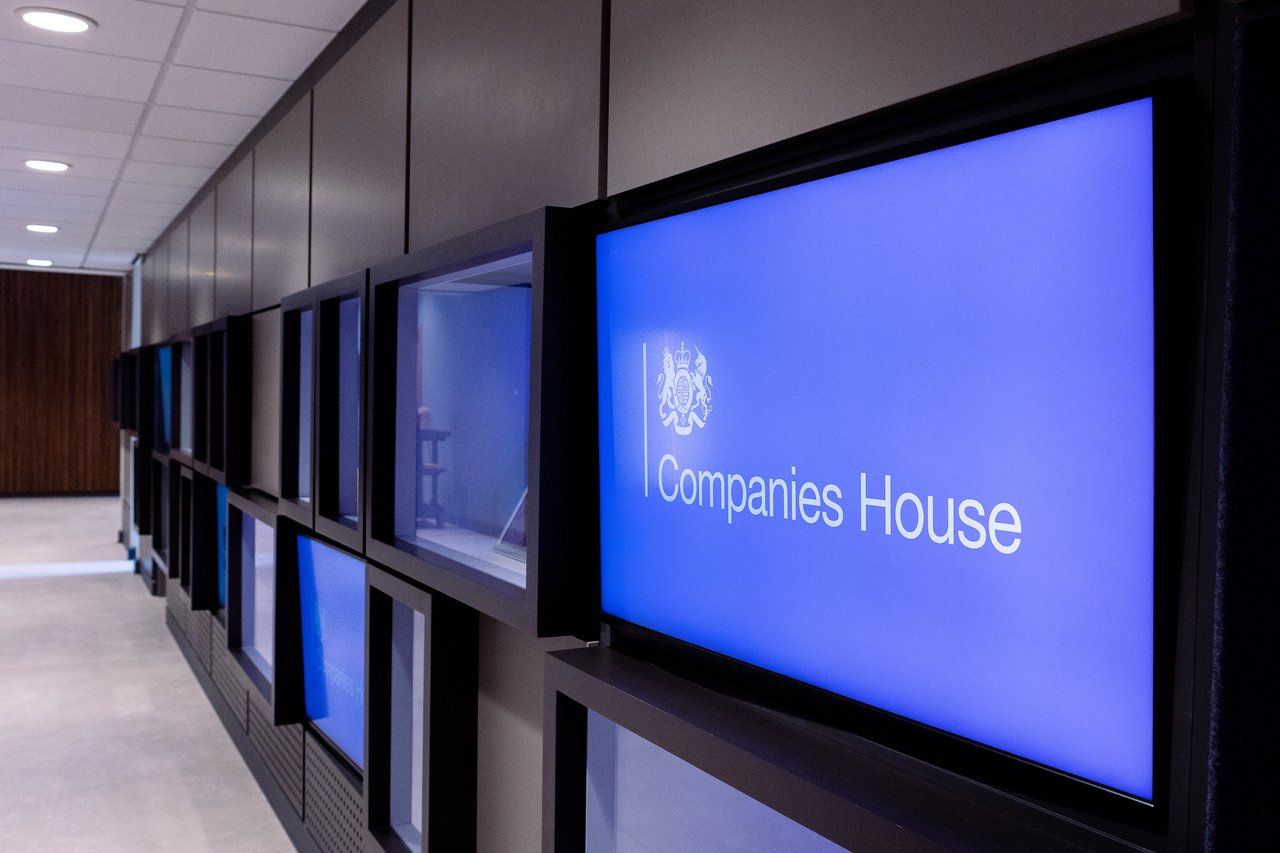Patent Box – how the tax relief is delivered
In our first two articles about the UK Patent Box regime, we provided a high-level overview of the tax relief and took a more detailed look at which companies are eligible for it. In this third article in the series we will look at how the relief itself is calculated.
The calculation
Patent Box relief does not simply apply a 10% rate of tax to income from relevant intellectual property. That would be too easy! Instead, it works by calculating an allowable deduction from a company’s corporation tax profits. When that deduction is applied, it has the effect of reducing the tax liability on profits from Intellectual Property to just 10%.
The calculation of that deduction is potentially rather complicated. Because some accountants are nervous of that complexity, they try to discourage their clients from claiming relief under the Patent Box scheme. Friend Partnership can see the considerable benefits of the relief and are not put off by the complexity.
The scope of the relief is much wider than many realise. It includes profits from the sale of products which may only have one patented component. It also covers worldwide sales income from the patent or the patented product. The wide scope of this relief and its huge potential benefits far outweigh its complexity.
The first stage
Step one in the calculation process is to split the company’s trading income between income from relevant intellectual property for each patented product (“the IP income”) and income which is not related to intellectual property (“the standard income”).
The company’s expenses are then allocated against IP income and standard income on a just and reasonable basis.
The next stages
The next stages of the calculation are designed to fine tune the deduction and remove from it items that relate to routine activities and items that relate to marketing activities. The idea is that we are then left with a deduction that has been pared down to reflect only those profits relating to the underlying patented technology.
Under the current Patent Box relief regime an “R & D fraction” is then calculated and applied to the calculation. The idea behind this is to ensure that companies who undertake their R & D in-house or subcontract it to an unconnected third party will benefit more from the patent box relief.
Having jumped through all the necessary calculation hoops we are then left with the Patent Box deduction which can be applied to the company’s profits to ensure that an effective 10% rate of Corporation tax is achieved.
Friend Partnership has considerable experience in calculating and claiming Patent Box relief for our clients. We are in a position to advise companies on how best to maximise their eligibility to the relief and optimise their Corporation tax position.

The year’s best staged production? Critical Acclaim for Melting Pot Productions’ Paranormal Activity

Friend Partnership is a forward-thinking firm of Chartered Accountants, Business Advisers, Corporate Finance and Tax Specialists, based In The UK
Share this page:




